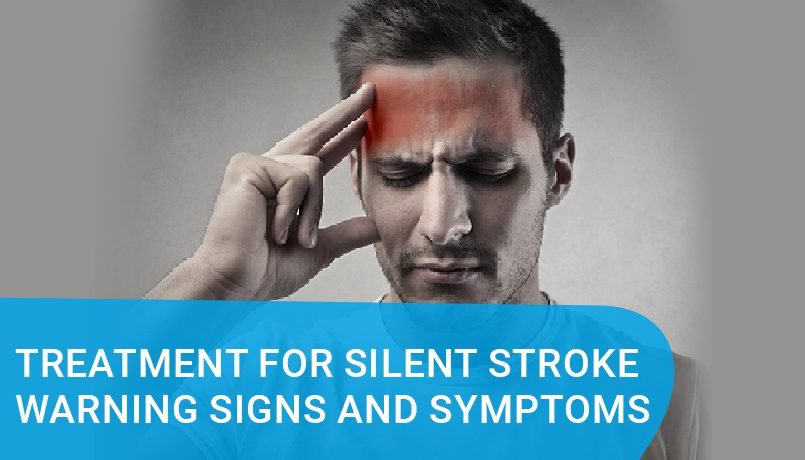In medical terminology, the term “stroke” is frequently associated with symptoms or signs such as slurred speech, numbness, or lack of motion in the face or body. We could still experience a stroke without even being aware of it, though. “Silent stroke” is the term used to describe this.
A quiet stroke can occur when blood flow to a portion of the brain is suddenly reduced, depriving it of vital oxygen and killing some vital cells in the process. Although the signs of a silent stroke may go unrecognised at first, they can cause permanent brain damage.
A person who has experienced a quiet stroke frequently isn’t even aware of it until he begins to exhibit symptoms like trouble walking or slight memory issues. When a patient undergoes an MRI or CT scan examination for another health issue and doctors discover that only a small portion of the brain has been affected, they typically are diagnosed with having experienced a quiet stroke.
The test results typically show a white spot or lesions in the brain to identify the potential for a Silent Stroke. It also suggests that some brain cells are no longer working. Senior individuals may experience a variety of Silent Stroke symptoms, including
Detecting a Silent Stroke
- Difficulty in maintaining balance
- Difficulty in concentrating
- Confusion
- Dizziness
- Reduced potential to think
Treatment of Silent Strokes
The development of technology has led to the creation of fresh, effective treatment alternatives for even the most difficult medical conditions, like silent strokes. A prompt and appropriate examination, however, can spare the patient from any serious problems. Here is where Max7 Hospital, one of Purnea ‘s top centres for neuro therapy, continues to have a significant impact.
A person who has a quiet stroke must seek prompt medical attention from a neurologist. He would first go through a series of imaging and diagnostic tests, such as a CT scan, MRI, and an electrocardiogram (ECG or EKG), to confirm any coronary heart problems. Replacement of the coronary heart valves can be used to treat coronary heart failure brought on by a stroke.
Depending on the degree of injury, operations to dissolve blood clots and restore blood flow may also be part of the therapy choices. Surgery may also be an option for treating arterial damage, relieving pressure caused by bleeding, or removing a blood clot that is resistant to medical treatment.
The conclusion
Although a silent stroke, as its names indicate, starts without any prior warning, it can later result in serious health problems. However, by embracing and maintaining a healthy lifestyle, one can reduce their risk of experiencing any type of stroke. Please come and meet our team of multi-talented neurologists and neurosurgeons at Max7 Hospitals, one of the leading neurology hospitals in Purnea, who have successfully handled some of the most challenging cases requiring a silent stroke.

